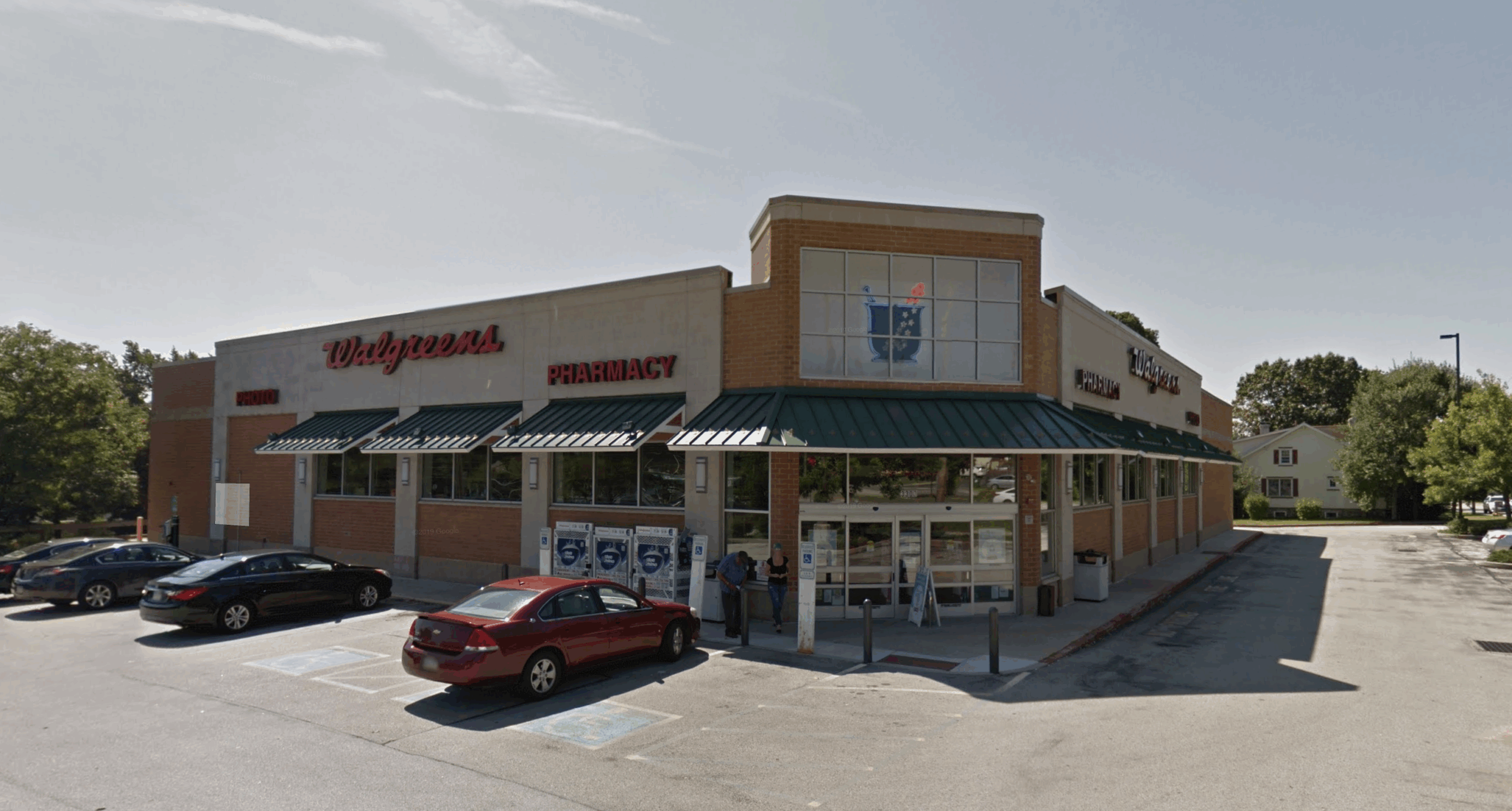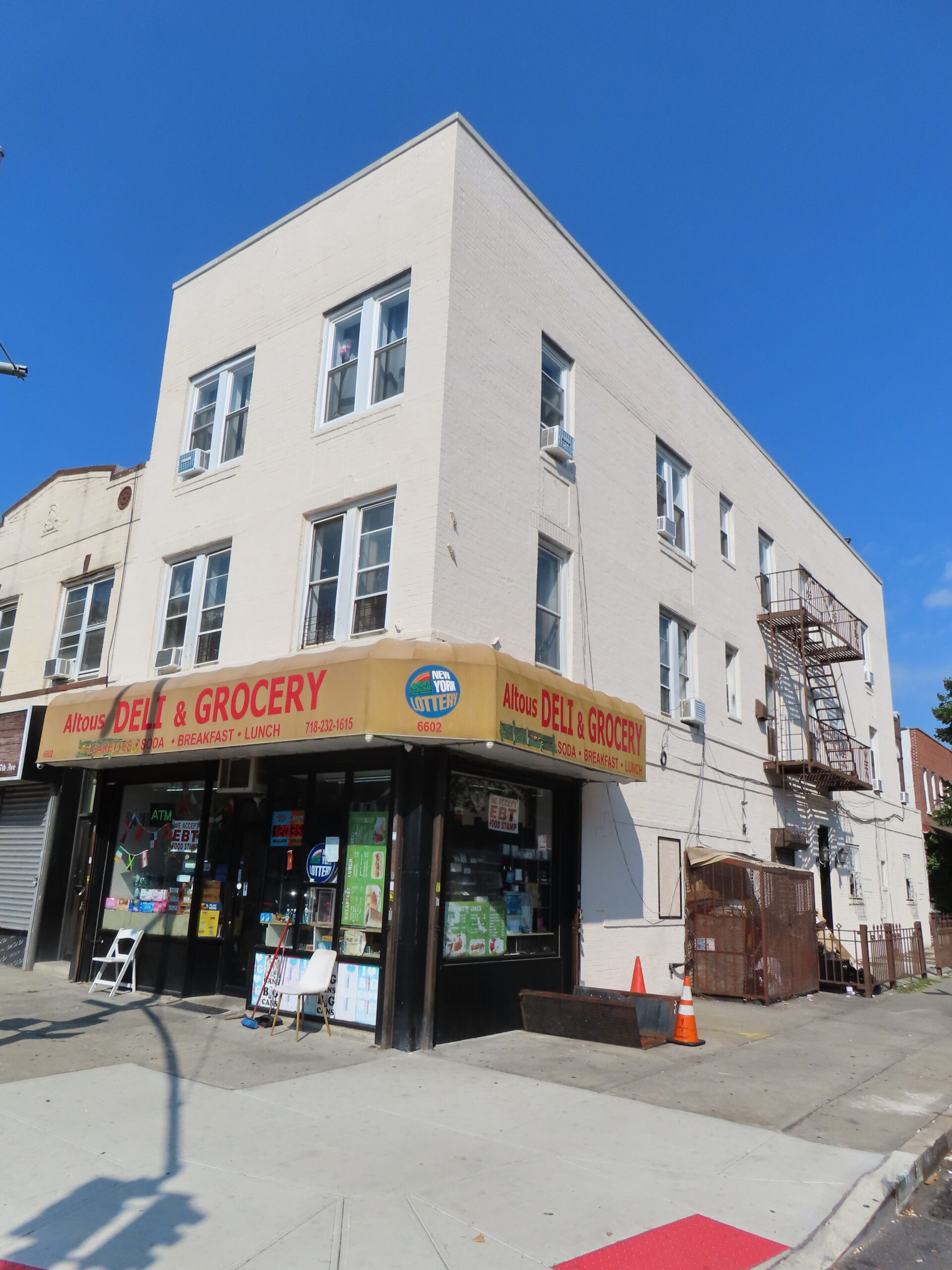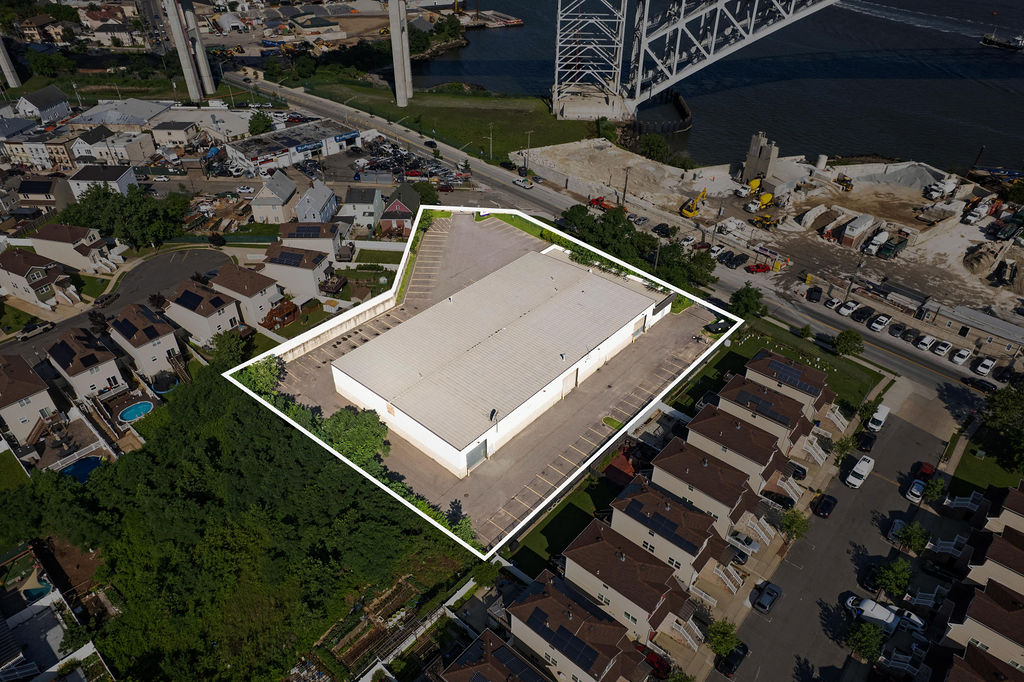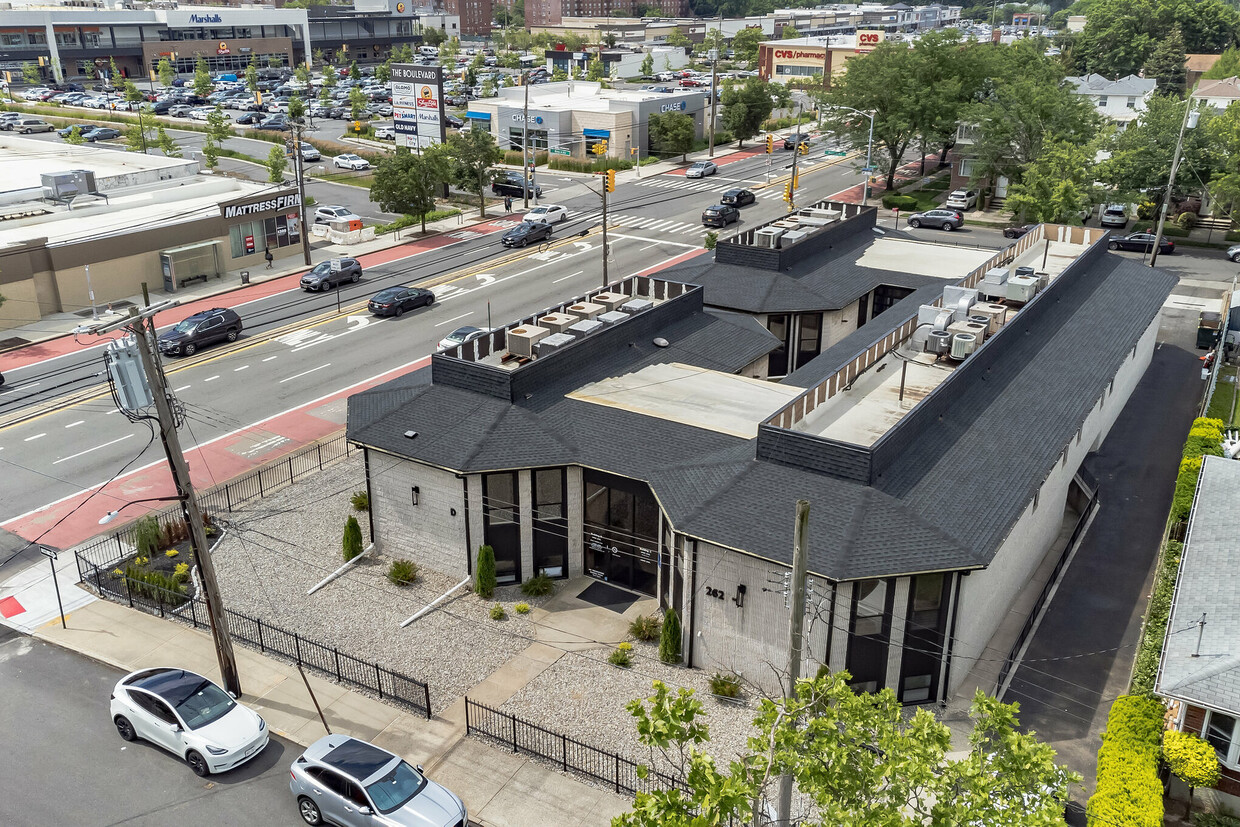By: James Prendamano
As a society we have come to believe that shopping online is better for the environment. A recent study conducted by Simon Property Group, the nation’s largest mall landlord, with help from Deloitte Consulting LLP states that shopping in a brick and mortar store is actually better for the environment than shopping online.
As surprising as the findings may seem, it makes sense when you really think about it.
The study tracked how a basket of women’s clothing, shoes, small appliances and glassware are distributed and sold both online and in brick and mortar stores, and the energy each type of shopping used in completing the sale. The report also examined product return rates both online and in stores. The report concluded that shopping online produced an environmental impact that was 7% higher than store shopping. Here is why:
Mall shoppers often: travel in groups and they purchase more than a single item during their visit and complete other errands during their shopping trip. Items purchased in a store have a lower return rate and are delivered in bulk to stores.
Online shoppers purchase fewer items during a sitting which results in requiring separate packaging for delivery. They have a higher item return rate because the shopper is unable to handle the product. These items are often individually shipped back in separate packages going to various origination points resulting in additional packaging and fuel consumption.
Yes, there are instances when online shopping can be a more environmentally friendly option. However, the study’s research clearly illustrates overall, a trip to the local shopping venue still wins the day when considering the environment. It also bears noting that shopping locally provides jobs, tax revenue for infrastructure and – we can’t forget the importance of patronizing your local business owner.
The report pointed out that shoppers are demanding same day or fast delivery, proven by the success of Amazon Prime. These independent online purchases with same day delivery negatively impacts the environment further due to added fuel consumption.
Modern day shopper habits have retailers and landlords alike repositioning to meet the continuing shifting demand of shoppers. According to federal data, in 2014 e-commerce sales increased by 14.6% while brick and mortar retail sales rose by 1.4%. The challenge remains that retailers must decide if they should be expanding their e-commerce operations or if should they be opening more brick and mortar locations where shoppers have access to goods more readily and where shoppers can pick up items they may have purchased online.
At Casandra Properties, we believe that the best way to reduce the negative impact shopping has on the environment is to attract a wide variety of retailers to Staten Island, design more environmentally friendly shopping centers and offer a more complete experience to the consumer. We’re working hard every day to achieve these things on our beloved borough.







Leave a Comment